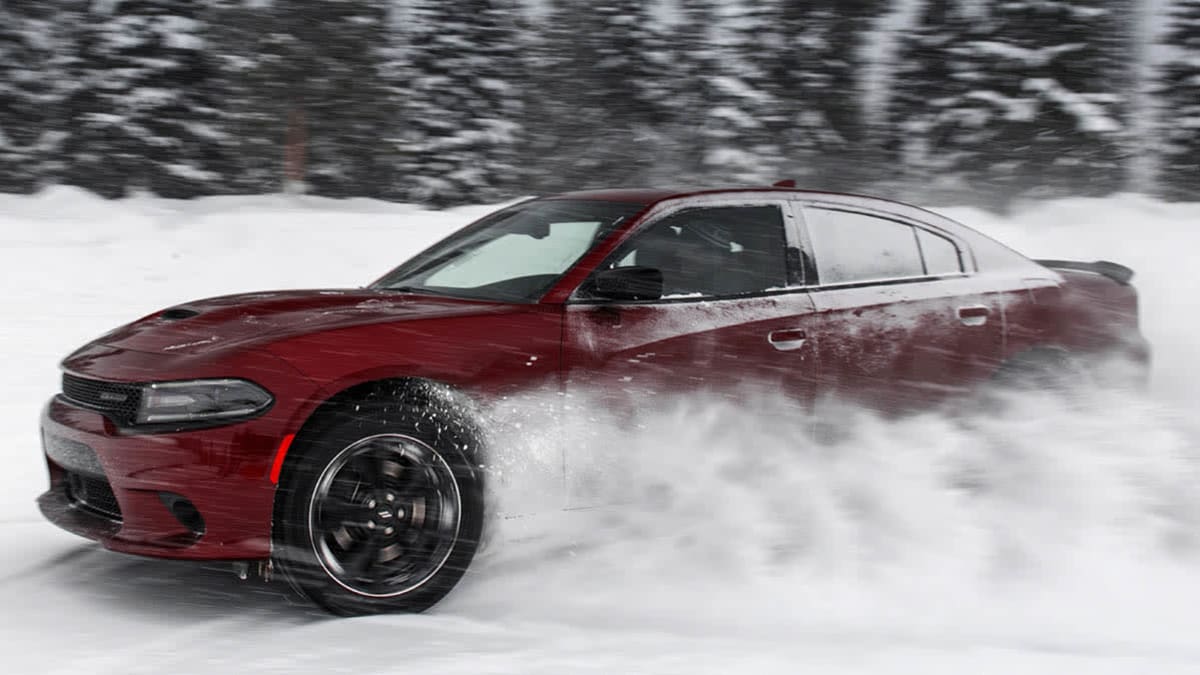The findings reinforce our recommendation that drivers use winter/snow tires if driving a lot in snow. These are specially formulated and constructed to provide maximum grip in snowy and icy conditions. Drivers should also be aware that tread depth has an impact on traction for these tires as well.
“Drivers in the snow belt should inspect their tires in the fall,” says Ryan Pszczolkowski, who runs the CR tire testing program. “We typically advise that shopping should begin when tires are down to 4/32 of an inch, but with snow, you want to make sure you have at least that tread depth in the middle of winter, even if that means replacing tires a bit earlier than you would during milder seasons.”
As part of a broader testing program, Consumer Reports also assesses about 50 tire models every year, numbering hundreds of individual tires. We put them through a dozen tests to come up with detailed ratings across many categories. These tests include not only track testing but also extensive tread wear testing. (See the latest tire ratings.)
Source link
-
-
-
-
-
-
-
-
